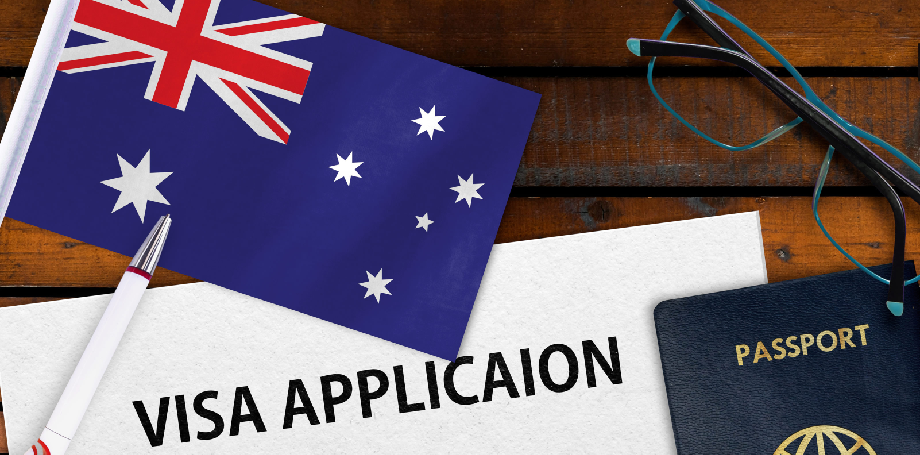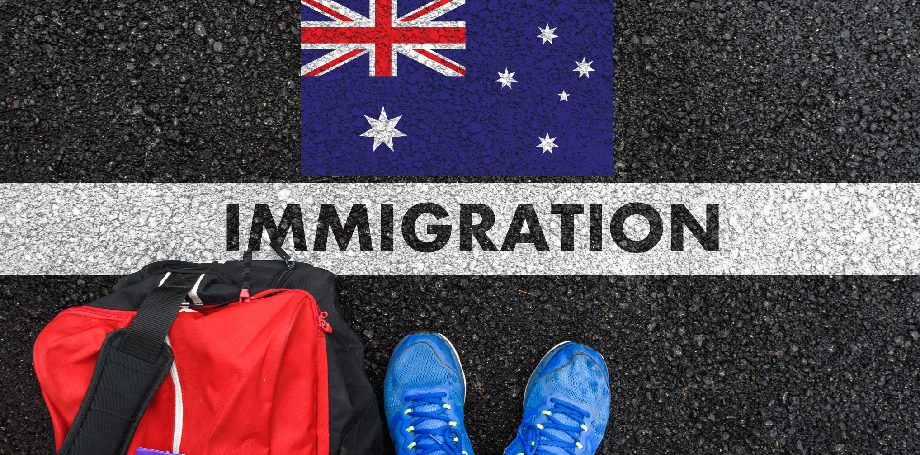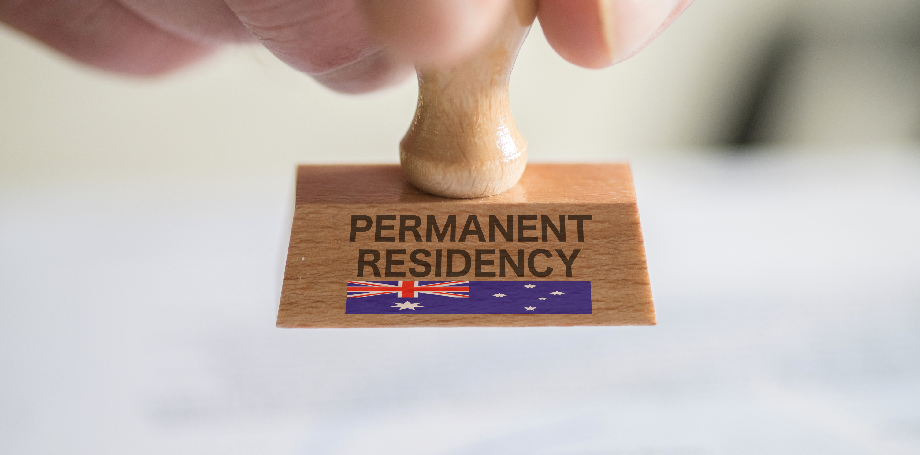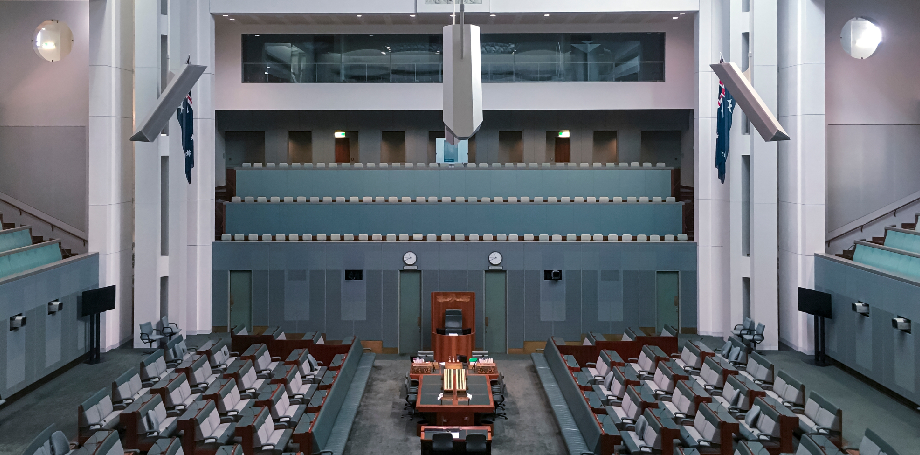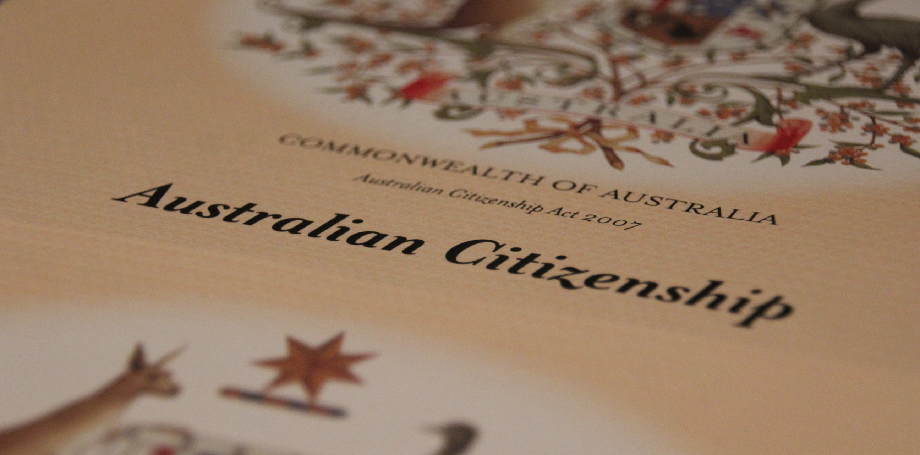Immigration
Immigration law in Australia governs the entry, stay and deportation of non-citizens and is structured to regulate who can come to Australia, for how long and under what conditions. It’s primarily administered by the Department of Home Affairs under the Migration Act 1958 with its accompanying Migration Regulations 1994, which outlines the different types of visas, eligibility criteria and enforcement mechanisms.
Australian immigration laws are regularly updated to respond to economic needs and social priorities. Recently, there’s been an emphasis on skilled migration, regional settlement and increasing protections for temporary workers with ongoing discussions around improving pathways to permanent residency.
Australia’s immigration laws aim to support economic growth, address skill shortages and foster social cohesion while maintaining strict controls and integrity across the system.
All non-citizens must have valid visa to stay in Australia.
The following are the main types of visas:
- Permanent Visas
These visas allow non-citizens to live, work and study in Australia indefinitely. Permanent visas include skilled migration visas, family and partner visas, humanitarian and refugee visas and business and investor visas. - Temporary Visas
These visas permit individuals to stay for a limited time such as student visas, temporary work visas (like the Temporary Skill Shortage visa or TSS) and working holiday visas. Many temporary visa holders may be eligible to transition to permanent residency. - Bridging Visas
These are temporary visas that let non-citizens remain in Australia while their substantive visa application is being processed or while they make arrangements to leave the country.
Points-Based System
For many skilled visas, Australia uses a points-based system to evaluate applicants based on age, education, work experience and English language proficiency. Applicants need to meet a minimum points threshold and often receive priority if their skills are in demand.
Family and Partner Migration
Australian citizens and permanent residents can sponsor certain family members such as partners, children, parents and dependent relatives to migrate to Australia. This category helps maintain family unity but often has long waiting periods, especially for parent visas.
Humanitarian Program
This program provides visas for refugees and those needing protection under international obligations. Australia works with the United Nations High Commissioner for Refugees (UNHCR) to resettle individuals from conflict regions, with an emphasis on assisting the most vulnerable.
Employer-Sponsored Migration
Australian companies can sponsor skilled foreign workers for visas if they are unable to fill positions with local talent. Key employer-sponsored visas include the TSS (Temporary Skill Shortage) visa and the Employer Nomination Scheme (ENS) for permanent migration.
International Education and Tourism
The education sector attracts many international students who often seek pathways to residency after their studies. This has become a critical part of Australia’s immigration system and contributes significantly to the economy.
Compliance and Enforcement
Australia has strict enforcement policies for individuals who overstay their visas or violate visa conditions. Immigration compliance officers monitor visa holders and breaches can lead to visa cancellation, detention and deportation. Laws also prevent employers from hiring unauthorized workers.
Appeals and Tribunal Review
If a visa application is refused or cancelled, applicants may appeal the decision to the Administrative Review Tribunal (ART), which can review immigration decisions made by the Department of Home Affairs.
The Table of Migration Program Places from 1998
| Period | Migration Programme |
| 1998–1999 | 68 000 |
| 1999–2000 | 70 000 |
| 2000–2001 | 76 000 |
| 2001–2002 | 85 000 |
| 2002–2003 | 108,070 |
| 2003–2004 | 114,360 |
| 2004–2005 | 120,060 |
| 2005 | 142,933 |
| 2006 | 148,200 |
| 2007 | 158,630 |
| 2008 | 171,318 |
| 2011 | 185,000 |
| 2012 | 190,000 |
| 2013 | 190,000 |
| 2015-2016 | 190,000 |
| 2016-2017 | 190,000 |
| 2017-2018 | 190,000 |
| 2018-2019 | 190,000 |
| 2023-2024 | 190,000 |
| 2024-2025 | 185,000 |
Immigration




